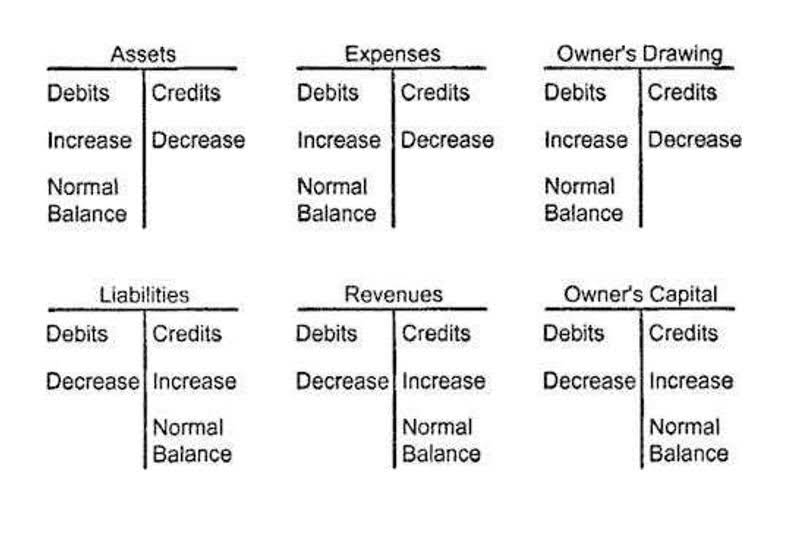
As an experienced accountant, I understand the immense importance of the accounting equation in financial management. The accounting equation is the backbone of double-entry bookkeeping, providing a solid foundation for accurately tracking a company’s financial position. Have you ever wondered about the fundamental equation that underpins the world of accounting? In this article, I’ll be exploring the accounting equation and dissecting the various statements that represent it. So, let’s dive in and unravel which of the statements correctly represents the accounting equation? the mystery behind the correct representation of the accounting equation.
Which of the Statements Correctly Represents the Accounting Equation?
- The accounting equation is a fundamental concept in finance that serves as the foundation for double-entry bookkeeping and allows businesses to accurately capture their financial position.
- As an experienced accountant, I understand the immense importance of the accounting equation in financial management.
- It is a simple yet powerful formula that represents the relationship between a company’s assets, liabilities, and equity.
- In this article, I’ll be exploring the accounting equation and dissecting the various statements that represent it.
- I’m here to guide you through the maze of statements and help you identify the correct representation.
- It helps ensure that the balance sheet remains balanced, which is crucial for financial analysis and decision-making.
In other words, the total value of a company’s assets should always be equal to the sum of its liabilities and equity. This equation forms the basis for recording financial transactions and preparing financial statements. Partnership Accounting The accounting equation is a fundamental concept in finance that serves as the foundation for double-entry bookkeeping and allows businesses to accurately capture their financial position. It is a simple yet powerful formula that represents the relationship between a company’s assets, liabilities, and equity.

Assets = Liabilities + Owner’s Equity
- Have you ever wondered about the fundamental equation that underpins the world of accounting?
- The accounting equation is the backbone of double-entry bookkeeping, providing a solid foundation for accurately tracking a company’s financial position.
- The accounting equation is a fundamental concept in finance that serves as the foundation for double-entry bookkeeping and allows businesses to accurately capture their financial position.
- This equation forms the basis for recording financial transactions and preparing financial statements.
- It’s a simple yet powerful equation that captures the essence of a company’s financial position.
- The accounting equation serves as the foundation for double-entry bookkeeping, the backbone of modern financial accounting.
By properly categorizing and recording these elements, the accounting equation provides a systematic and accurate way to capture a company’s financial transactions. It helps ensure that the balance sheet remains balanced, which is crucial for financial analysis and decision-making. The accounting equation serves as the foundation for double-entry bookkeeping, the backbone of modern financial accounting. It’s a simple yet powerful equation that captures the essence of a company’s financial position. But with different statements floating around, it can be confusing to determine which one accurately represents the accounting equation. I’m here to guide you through the maze of normal balance statements and help you identify the correct representation.

